The Future of Shopping
The Future of Shopping:
Here’s What Retail Will Look Like in 2030
In the new shopping paradigm, consumer trends and demands evolve at warp speed, but now brands and retailers have the tools and insights required to stay one step ahead…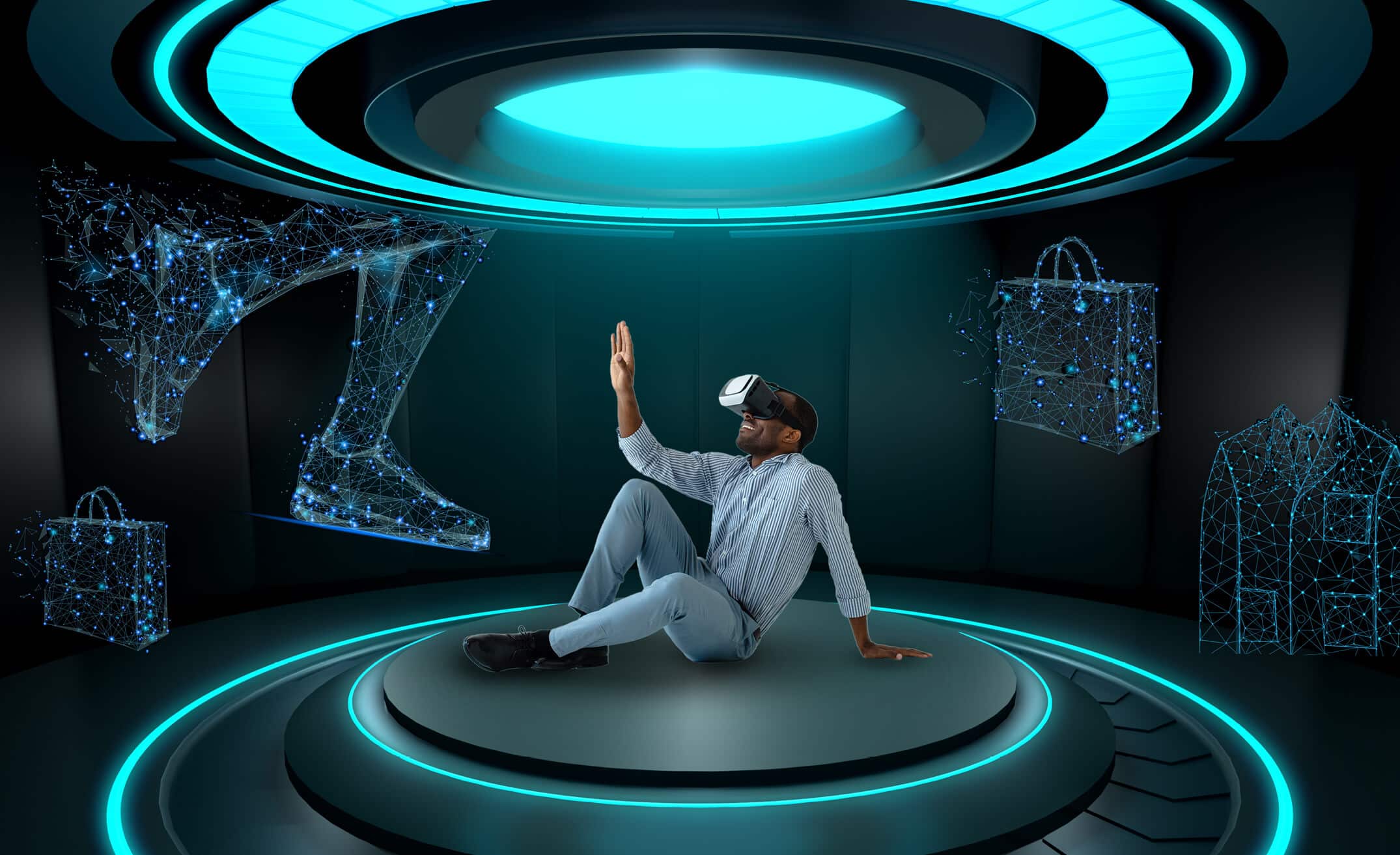
Inside physical stores, you will find full suites of interactive technology, enabling unimaginable levels of personalization that effectively blur the boundary between digital and physical shopping. eCommerce will have become integrated into every facet of consumers’ online lives – from Netflix to video games, virtual worlds, and, of course, social media.
Advancements in Artificial Intelligence (AI) will enable brands to forecast consumer demand with unprecedented levels of precision and improve supply chain efficiency, thereby eliminating overproduction and waste.
In this new shopping paradigm, consumer trends and demands will evolve at warp speed, but retailers will be equipped with the tools to stay one step ahead.
How We Got Here
Spurred by the onset of the COVID-19 pandemic in 2020, the evolution of retail and eCommerce shifted into high gear, rapidly hurtling towards 2030. Suddenly faced with new consumer demands, supply chain challenges, and greater reliance on eCommerce, brands had to innovate if they wanted to survive into the future.
5 Key Developments to Anticipate in the Future of Shopping
Here we are, eight years later, and these are the five key trends that will be in full effect in 2030: 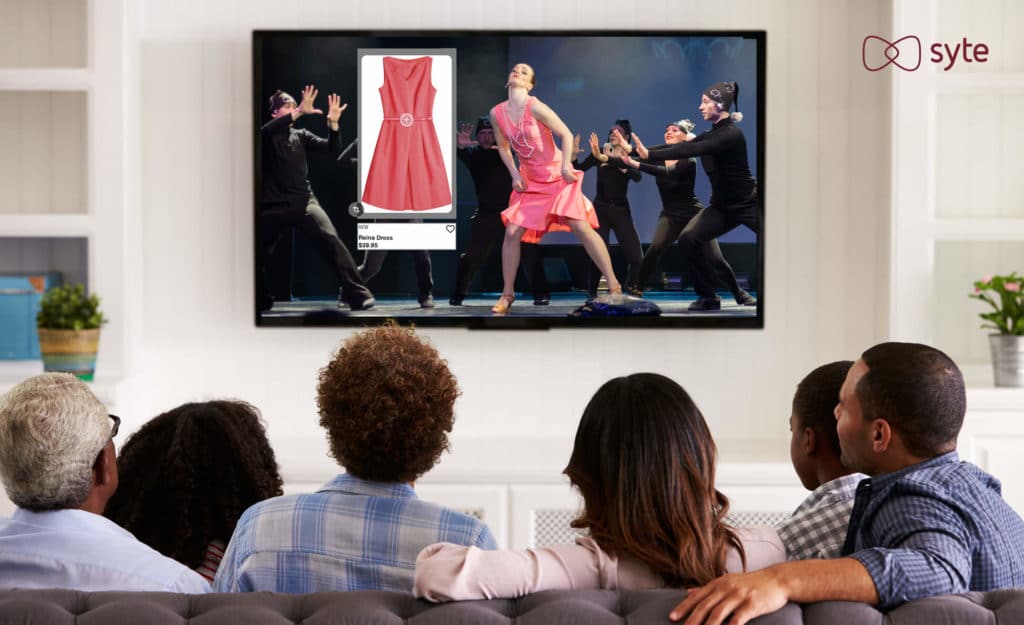
1. Instant Shopping Becomes Truly Instant
The concept of “going shopping,” which might look like blocking off an hour or more to peruse physical stores or eCommerce shops, will have become nearly obsolete. In 2030, opportunities to purchase will be enmeshed in our daily lives, instantly bridging the gap between inspiration and purchase.
While watching Netflix, you will have the ability to freeze the frame, tap on a character’s outfit from your smartphone, and access links to instantly purchase the items you want in your size. While playing video games, digitally-fashioned avatars will don real styles you can buy mid-game.
Outside, billboards will be replaced with touchscreens and interactive ads. Any passerby can pause, tap, and buy featured items, while mobile wallets will be equipped to instantly input shipping information and issue payments on the go.
By 2030, smart glasses will have finally gained traction. Advanced visual AI will allow wearers to instantly identify the brand, price, and stock levels of any fashion or home decor items they spot – both in-store and on the street. Consumers can make instant purchases with a predefined morse-code style of blinking, and the nearest warehouse will dispatch the package. Okay, blink-to-purchase may not be a thing in 2030, but it will probably be just a few more years off.
2. Personalization is Everywhere
In 2030, every imaginable aspect of shopping will truly become personalized, making the process of discovery, purchase, and receiving goods completely effortless.
In-Store
Advanced analytics, drawing from historical and real-time shopper behavioral data will allow in-store staff to know pertinent information about each individual who enters the shop. If the buyer is a loyal customer, retailers will have an understanding of past purchases, taste, and preferences. They’ll be able to offer curated support based on the needs of new and existing customers.
Digital technology – such as smart mirrors, digital mannequins, QR codes, interactive apps, and more – will become a staple of physical retail in the future of shopping, allowing brands and retailers to provide guided digital journeys through brick-and-mortar stores.
For example, when a shopper who has previously “liked” an item on a brand’s website enters the store, in-store stylists will get an alert on their tablet or smartphone the moment they arrive. They will know which products to prepare for the shopper in his or her size and have them ready for the customer to try on. Meanwhile, digital mannequins will change as different shoppers stroll by, displaying items that best fit their tastes. From inside the fitting room, digital mirrors will allow shoppers to request different sizes and provide recommendations to “complete the look.” All shoppers have to do is simply scan product QR codes from their smartphones when they’re ready to buy.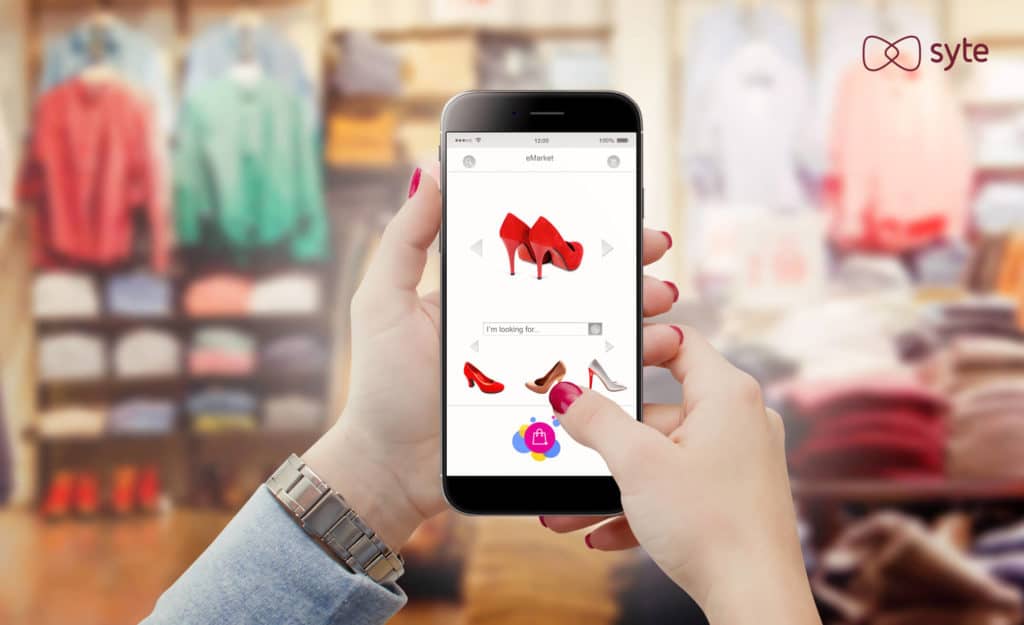
Online
By 2030, eCommerce personalization will characterize every aspect of the online shopping experience, as each digital touchpoint will be tailored to the individual shopper.
Emotionally intuitive technology will continuously assess shoppers’ contexts and moods from the moment they enter your website or app. Color schemes, messaging, and aesthetics will adapt accordingly. The products featured on the home screen, text on the page, use of the shopper’s name, and promotion of certain products and collections will all be tailored to match the shopper’s unique tastes.
The departure from traditional online advertisements in the early 2020s will have paved the way for deeper levels of relationship-building with shoppers fast forward to 2030. By developing strong, two-way relationships with customers through loyalty programs, community activities, and clubs, brands in 2030 will be better able to understand individual shoppers’ personalities and tailor experiences to their needs.
3. Digital Fashion is Mainstream in the Future of Shopping
The luxury sector was the first to embrace NFTs when they first emerged in the 2020s. By 2030, fashion NFTs will have become commonplace, offering new opportunities for designers to create experimental lines and produce alternative revenue streams.
Fashion NFTs will also help brands strengthen their communities by providing more opportunities to own unique pieces. In the year 2030, fashion NFTs will be found everywhere, including personal avatars on social media, virtual worlds, and video games, becoming an important part of consumers’ digital lives. 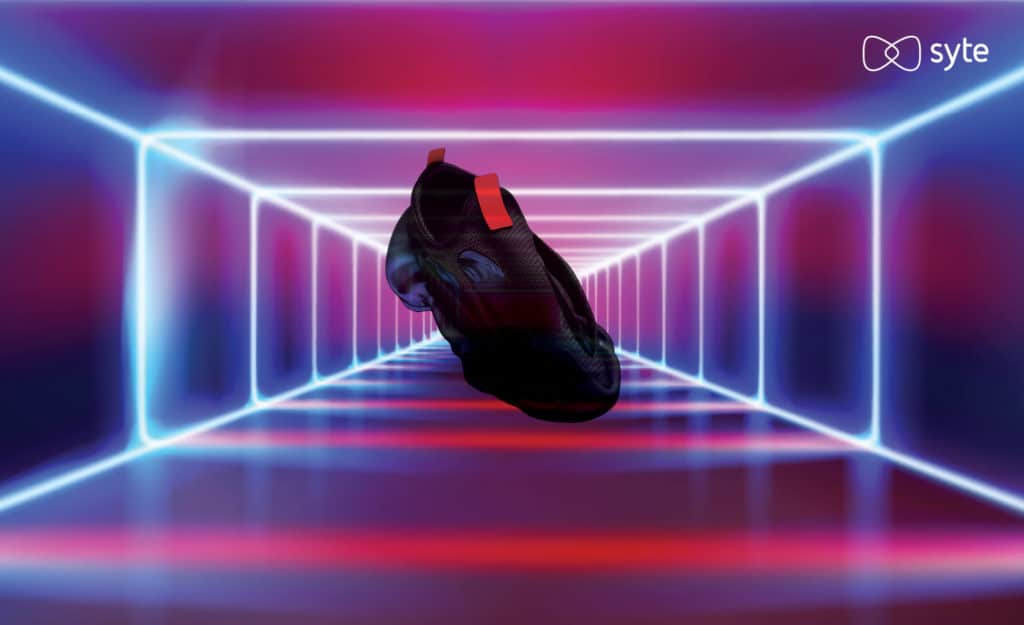 In the same token, digital fashion will revolutionize the role of social media influencers. In the past, brands gifted influencers clothing and accessories with the hope that the influencer would promote the items to their followers. But with the rising costs of shipping and sustainability concerns surrounding freebies, digital fashion will trump this arrangement in 2030. Influencers will instead promote styles that resonate with them and get paid for such authenticity. This approach will set the pace for brands and retailers to establish more partnerships with influencers while saving on resources and limited inventory.
In the same token, digital fashion will revolutionize the role of social media influencers. In the past, brands gifted influencers clothing and accessories with the hope that the influencer would promote the items to their followers. But with the rising costs of shipping and sustainability concerns surrounding freebies, digital fashion will trump this arrangement in 2030. Influencers will instead promote styles that resonate with them and get paid for such authenticity. This approach will set the pace for brands and retailers to establish more partnerships with influencers while saving on resources and limited inventory.
4. Supply Chain and Logistics Are Built to Be Nimble
Once the retail industry recovers from COVID-19-related supply chain challenges, it will have developed a more resilient approach to logistics. Sophisticated data-driven and AI-powered supply chain models will manage every component of the retail supply chain, including production, freight, warehousing, inventory management, and shipping. 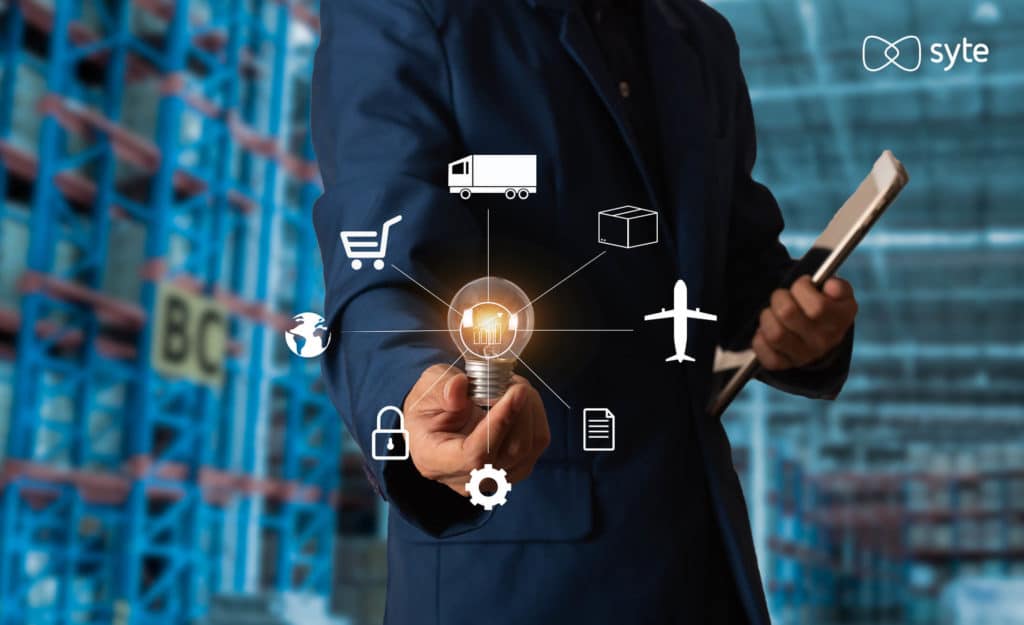 A powerful combination of real-time consumer purchasing data, historical trend data, and external monitoring tools will feed AI algorithms that inform supply chain management. In 2030, brands and retailers will be able to instantly respond to unexpected changes by rapidly altering manufacturing volumes and managing current inventory.
A powerful combination of real-time consumer purchasing data, historical trend data, and external monitoring tools will feed AI algorithms that inform supply chain management. In 2030, brands and retailers will be able to instantly respond to unexpected changes by rapidly altering manufacturing volumes and managing current inventory.
With a better ability to adapt to demand, shipping companies will have the insights they need to enable even faster and more efficient shipping. Shoppers in the year 2030 will be able to choose their preferred fulfillment method – whether direct shipping, drone, or pick-up – and receive their orders faster than ever.
5. Sustainability Becomes the Norm
Insights derived from personalization engines, supply chain management algorithms, and shipping usage will enable true sustainability in 2030. Brands and retailers will know exactly how many items to produce and eliminate overproduction in the process. The energy and money required for storage and transport will have also declined with surplus kept in check.
Instead of throwing away or destroying unsellable garments, brands and retailers will team up with charitable organizations and NGOs, delivering clothing, furniture, and accessories to people in need all over the world.
Consumers will continue to demand second-hand fashion, while brands and retailers will have practically eliminated plastics from shipping packages. Instead, compostable and recycled materials will be used to wrap garments, considerably reducing plastics reaching landfills.
The Future of Shopping Is Now
You might think many of the developments included in this article sound like far-fetched creations of a sci-fi writer. However, all of these advancements are already in progress. The COVID-19 pandemic only reinforced how important agility, ingenuity, and innovation are for retail. In 2030 and beyond, these characteristics will become even more crucial.







![[ℕ𝕖𝕧𝕖𝕣] 𝕊𝕖𝕝𝕝 𝕐𝕠𝕦𝕣 𝔹𝕚𝕥𝕔𝕠𝕚𝕟 - And Now What.... Pray To The God Of Hopium?](https://cdn.bulbapp.io/frontend/images/79e7827b-c644-4853-b048-a9601a8a8da7/1)

































